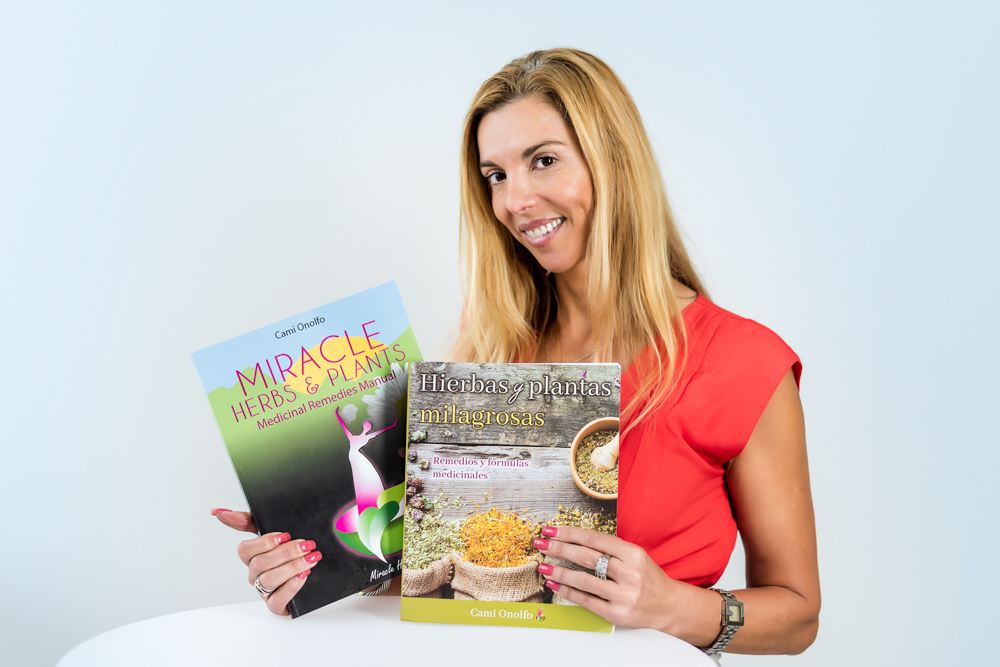Why is CBD so good for you
- Cami Onolfo

- Nov 18, 2021
- 2 min read

History of CBD
The use of CBD can be traced back to the ancient times for religious rituals. Cannabidol CBD is a phytocanabinoid which was discovered for its health benefits in 1940. CBD is the second most prominent molecule of the Cannabis plant. It is one of the 113 cannabinoids identified in the Cannabis plant.
There were traces stating that the cannabis plant Sativa, was cultivated around the 12000 BCE, and it played a crucial role in the beginning of our civilization. It was used as food staple, to make clothes, rope, fabrics and in religious ceremonies.
CBD today
The use of CBD oil became widely accepted today. CBD is a refined molecule of the Sativa plant and it can be used in form of oil drops, tinctures, infusions, vapes, lotion, capsules, and edibles. CBD is a natural compound with a small amount of THC 0.003. Most CBD oils used are actually extracted from the Hemp plant which contain 0.00 THC.
CBD medicinal uses
CBD has an impact on the opioid receptors which control pain in our body. It also has an impact on the glycine receptors. These receptors are the ones controlling the serotonin, a brain chemical which make us feel good.
Taking CBD in sublingual form can heal High blood pressure, Epilepsy, Depression, Anxiety, Glaucoma, chronic pain, Parkinson's diseases, Insomnia, Muscle spasms and anorexia, just to list few uses.
Effects on the body
Our human bodies produces endocannabioids, neurotransmitters which bind easily with our system nervous.
The CBD oil doesn't get you high, it reduces inflammation, aids with chronic pain by influencing the endocannabinoid receptor activity by interacting with the neurotransmitters.
The endocannabinoid system has three components: endocannabinoids, enzymes and receptors.
There are two types of receptors:
CB1 - primarily in the central nervous system. They are responsible for controlling pain, any movements, memory, appetite, coordination, and mood.
CB2 - located in the peripheral nervous system. They are influencing inflammation and pain in our bodies.
CBD also can influence the non-cannabinoid receptors.
The CBD extraction
The best way to extract the CBD molecule is through Carbon Dioxide. The molecule can be extracted from the leaves, stalk, stem, and the flowers from the Hemp plant.
Winterization - this process removes any unwanted elements acquired through extraction such as: waxes, any lipids and fats. This process is usually needed only when the extraction was made through high temperature and high pressure.
After the extraction is made and the oil is clean, it is mixed with a high potency alcohol 200 proof, it is mixed really well, then is placed in freezer overnight.
Afterwords the filtration is made using an equipment called Buchner Funnel.
To remove the alcohol, the mixtures is added to heat.
Finally the distillation process; the extract is heated in order to separate the molecules. Each molecule has its own boiling point.
Full-spectrum CBD products
Full-spectrum CBD contains all the natural beneficial compounds found in the cannabis plant.
Flavonoids - there are about twenty different types of flavonoids. Researchers show that these flavonoids have anti-cancer, anti-inflammatory and neuroprotective properties.
Cannabinoids - there are about 113, including CBD, THC and CBN to mention few. These cannabinoids are responsible for the therapeutic and the psychoactive effects on the body.
Terpens - more than 150. These terpene are responsible for the fragrance of the plant, they also have therapeutic effects.


Comments